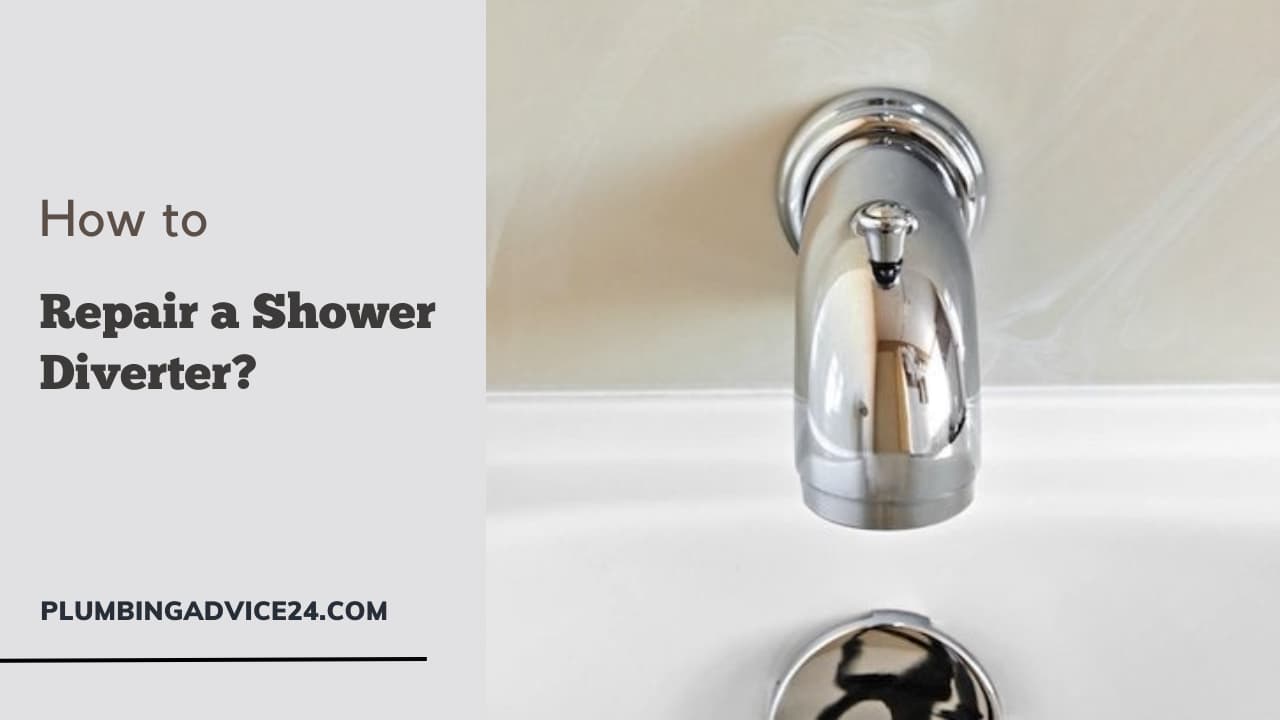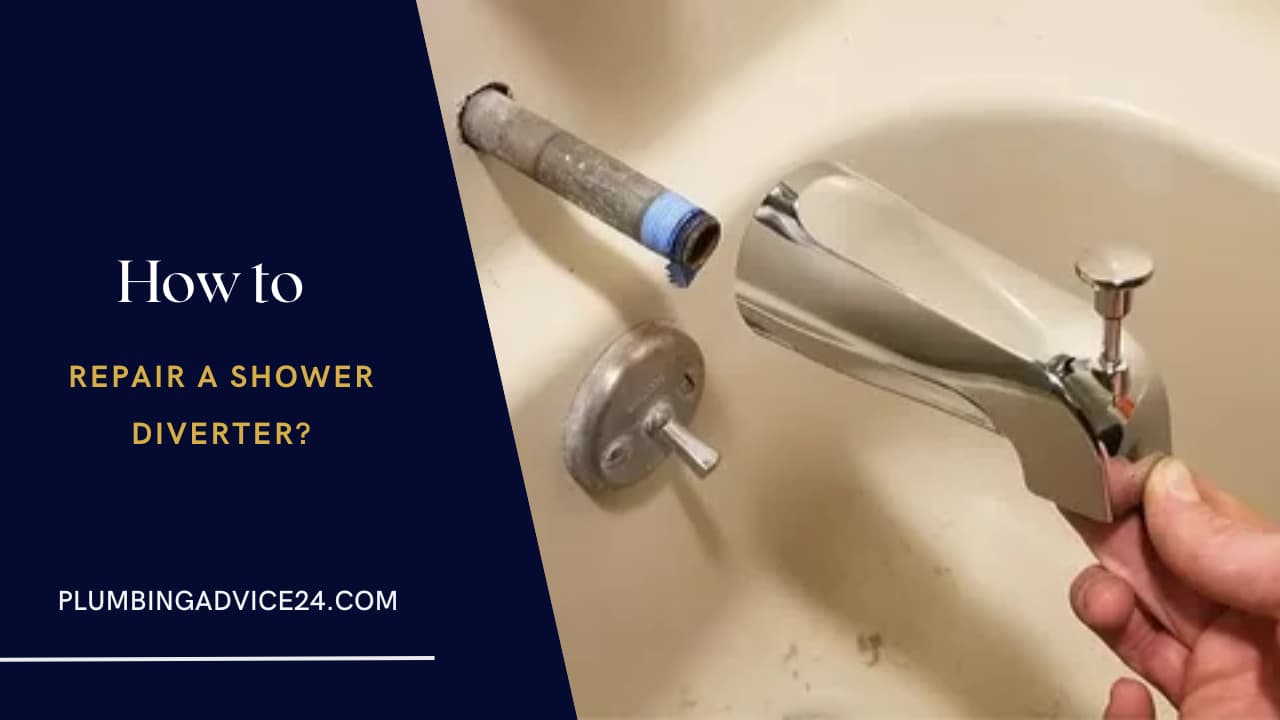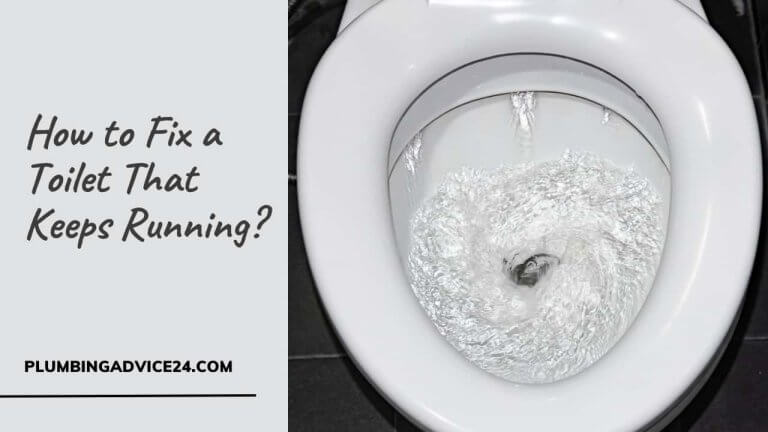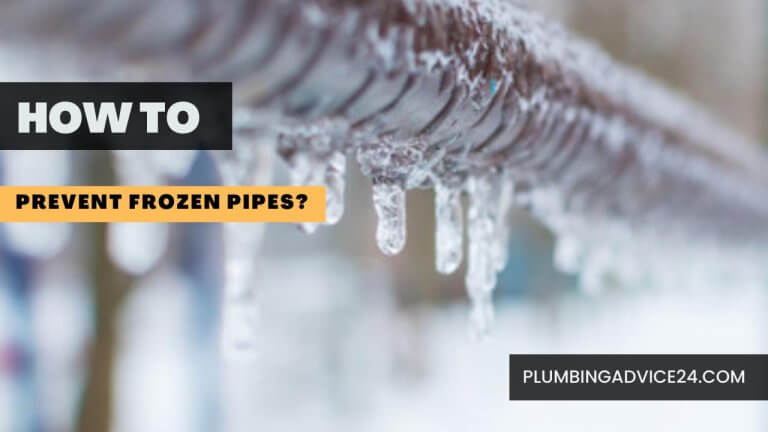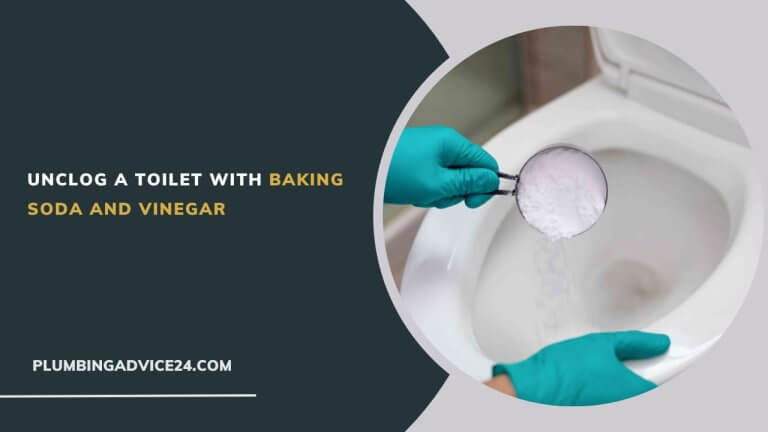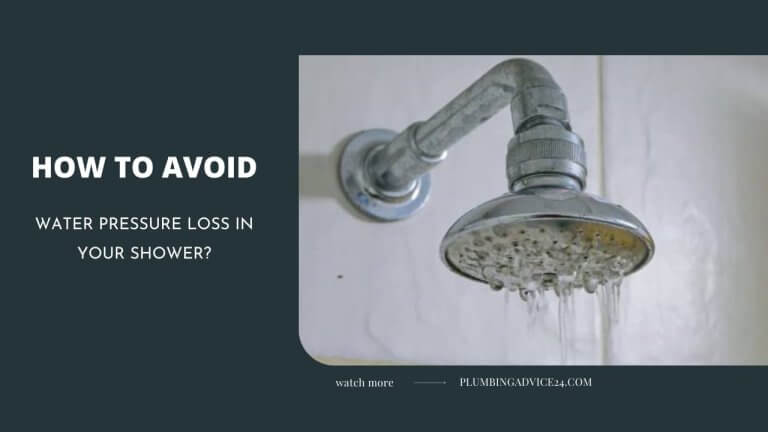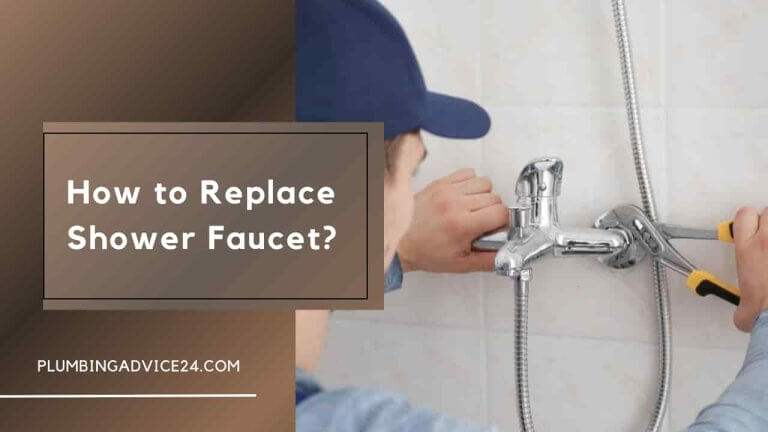How to Repair a Shower Diverter?
A shower diverter allows you to easily switch between using the showerhead and filling the bathtub. If the Diverter is damaged, the shower may become inconvenient due to water leaks or reduced water pressure. You can repair a broken shower diverter yourself due to the ease of repair and low cost. You need a few new, low-priced components and a few simple tools.
This article will demonstrate how to repair a shower diverter and provide helpful pointers. You’ll also find out what to do if the Diverter in your shower stops working.
What Is a Shower Diverter?
A shower diverter is a plumbing device that controls the water flow between the bathtub faucet and the showerhead. Its primary function is to direct water to the bathtub or showerhead, allowing the user to switch between the two options. Although shower diverters are very common, there are three types of shower diverters available:
Single Valve Diverter:
This type of diverter uses a single lever or handle to control the flow of water between the showerhead and other water outlets, such as a tub spout or handheld showerhead. It allows you to switch between different water outlets using one control.
Two-Way Diverter Valve:
This type of diverter is used to control the flow of water between two different outlets. It allows you to switch the water flow between two options, such as a faucet and a showerhead.
Three-Way Diverter Valve:
If your shower has two separate handles for hot and cold water, you most likely have this type of diverter. It is used to control the water flow between three different outlets in a shower system; Hot water, cold water, and shower diverter. It allows you to switch the water flow between two different showerheads and a combination of other water outlets.
Most Common Issues with Shower Diverters
Shower diverters must be repaired or changed when worn out or inoperable. A typical issue is a showerhead leaking, the water pressure being too low, or the water source suddenly switching to the bathtub. Possible culprits include improper assembly, material accumulation, or simple wear and tear.
Which Equipment Are Necessary for Shower Diverters?
A broken shower valve may be easily repaired using common household items. Tools, including pliers, an adjustable wrench, and a screwdriver, include cleaning solutions, penetrating oil, replacement components like O-rings, and screws.
How to Repair a Shower Diverter?
If your shower diverter is not working, it can cause many problems with your shower. Which can damage your property and also increase your water bill significantly. Fortunately, they are reasonably easy to fix. Follow the steps below to fix the shower diverter:
Step 1: Turn Off Your Water Supply.
Turning off the water supply to the bathroom is a prerequisite before repairing or replacing the shower diverter. Locate the main water supply valve for your house or the specific water supply valve for your shower, and turn it off.
Step 2: Remove the Handle.
To begin to repair a shower diverter, remove the handle. Locate and remove the screw securing the handle using the appropriate tool. Once the screw is removed, carefully hold the diverter handle away from the stem of the device.
Step 3: Remove the Diverter Stem.
The diverter stem is exposed when the handle is removed. Depending on the diverter design, the stem may be secured with a pin or a set screw. Pliers or flexible wrenches may remove the screw or nut without damaging the stem.
Step 4: Check the Diverter for Damage.
Inspect the diverter valve for any visible signs of damage, such as corrosion or mineral buildup. If it appears damaged, you will need to replace it. Inspect O-rings, rubber caps, and other components for signs of wear.
You will need replacements for any broken components. Note the specific type and model of the diverter valve to purchase the correct replacement
Step 5: Clean the Diverter.
Poor performance is possible if the Diverter is clogged with mineral buildup or otherwise unclean. Water and vinegar should be used to soak the Diverter for a few hours. Use a soft brush, such as an old toothbrush, to scrub the diverter valve and remove any debris, or mineral buildup.
Step 6: Reassemble the Diverter.
disassembled diverter can be reassembled after being cleaned and inspected. The diverter stems and any damaged components must be repaired or replaced. The stem can be adjusted by turning the nut or adjusting the screw clockwise.
Step 7: Reinstall the Shower Diverter Handle.
After relocating the stem, the new handle can be attached to the shower diverter. Slide the diverter back onto the valve stem, aligning the handle correctly. After attaching the handle to the stem use screws to secure it.
Step 8: Test the Diverter.
Turn on the water supply and test the diverter by activating the shower. Check if the water flows correctly from the showerhead and that there are no leaks around the diverter valve.
Tips and Tricks for Repairing a Shower Diverter
A few more suggestions may make repairing a shower diverter less difficult or time-consuming than the ones already mentioned.
Tip 1: Try Penetrating Oil.
To unstick a jammed diverter stem, try using some penetrating oil. Apply oil to the stem’s threads, wait a few minutes, and then attempt to remove the stem with pliers or another instrument. The moment has come to untangle ourselves.
Tip 2: Select the Correct Parts.
Replacing a broken shower diverter with the correct size and model is essential. If you need help with the components, consult the manufacturer’s instructions or a professional plumber.
Tip 3: Consider Replacing Your Diverter.
Getting a new shower diverter may be a good idea if your current one is extremely old, prone to breaking, or requires frequent repairs. Investing in a contemporary diverter, which may be more dependable and save you money on repairs and water costs, is a good financial decision.
Many contemporary diverters also have the added ability to regulate the temperature and velocity of the water passing through them.
Tip 4: Regular Maintain.
You can save time and money by maintaining your shower diverter so it seldom needs repairs. The Diverter must be thoroughly cleaned, and any worn or damaged components must be replaced immediately. A well-maintained shower diverter has an indefinite lifespan.
When an Expert’s Assistance Is Required?
Although a shower diverter can be easily repaired or replaced, it is sometimes necessary to call a plumber. It’s preferable to consult a professional if you are unsure how to remove the valve stem or encounter any other difficulties.
They can assess the situation and provide expert guidance or repair services if needed. To prevent future damage to your property, you need to address the problem immediately to avoid any major fractures or water damage.
How to Prevent Shower Diverter Problems?
Shower diverters can sometimes give you trouble, but there are techniques to reduce the occurrence of such problems.
Regular cleaning and maintenance, installation of brand-new, high-quality components, avoidance of chemical cleaners, and reserved use of abrasive cleaning tools will prevent shower diverter problems and ensure smooth operation.
Excessive force should not be used when turning the pivot handle, as doing so may break the device.
Conclusion:-
A few standard tools and replacement components are required to repair a broken shower diverter. You can maintain your shower diverter in excellent condition and prevent fixing it again if you read this article, pay attention to what it says, and do what it advises.
Turn off the water supply before making any adjustments. Before reassembling the Diverter, ensure no visible signs of damage or wear. Use penetrating oil to loosen the stem, and replace it with only high-quality replacement components, to maintain your Diverter in excellent working order. A well-maintained shower diverter has an indefinite lifespan.
How Does a Shower Diverter Work?
The primary function of a shower diverter is to deliver water to the bathtub or showerhead, allowing the user to switch between the two options. When you “Up” the handle of the diverter, water flows through the tub, and when you “Down” the handle, the diverter valve closes the outlet of the tub faucet and directs the water to the showerhead.
What Happens When Diverter Valve Fails?
There are two main problems you face when a diverter valve fails. Both the showerhead and tub faucet are constantly running water, which can damage your property and potentially lead to higher water bills. Second, water does not come out of the showerhead despite being turned on, which can stop you from using the shower as intended.
How Do I Know If My Diverter Valve Is Faulty?
If your diverter valve is faulty then you can see the signs like, constant running of water from your showerhead and tub faucet, no water coming out of the showerhead even when turned on, difficulty in moving the handle of the diverter easily, strange noises coming from the diverter.
Can a Shower Diverter Be Fixed?
If your shower diverter is not working, it can cause many problems with your shower, which can damage your property and also increase your water bill significantly. Fortunately, they are reasonably easy to fix.
How Much Does It Cost to Replace a Shower Diverter?
If you are considering replacing a shower diverter, the cost of replacing it can vary depending on whether you replace it yourself or hire a professional. The labor cost of hiring a professional will add to it. As a rough estimate, you can expect the total cost, including materials and labor, to range from $100 to $300 or more.
